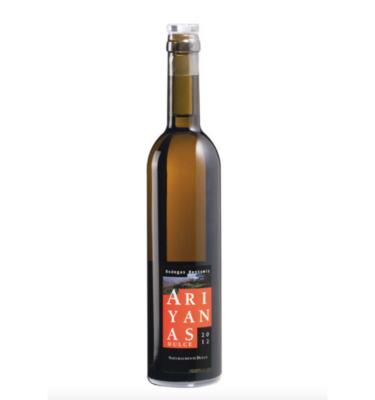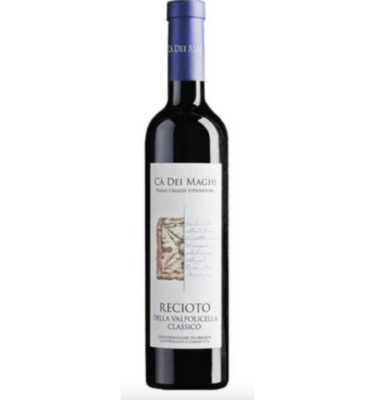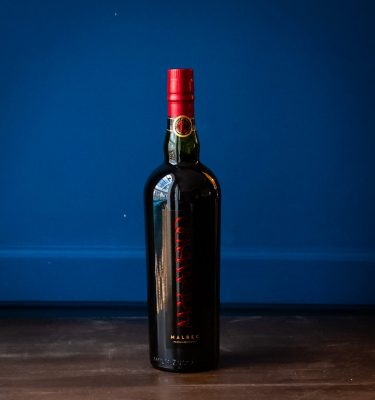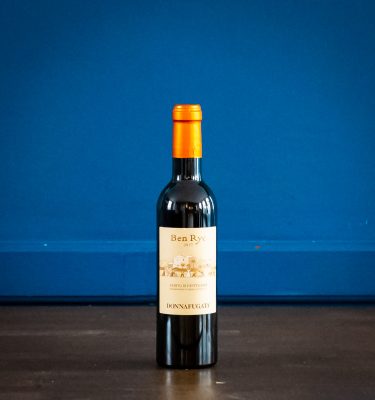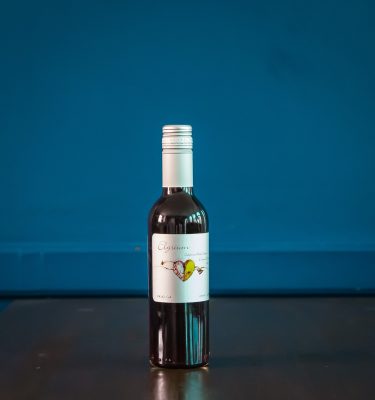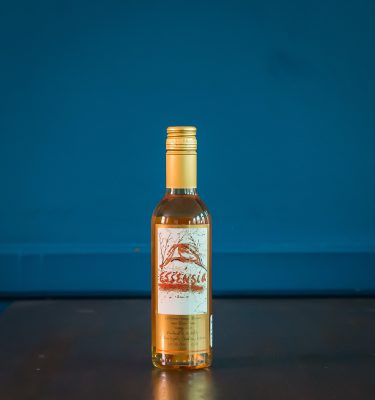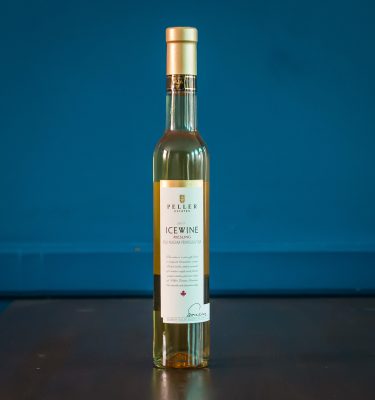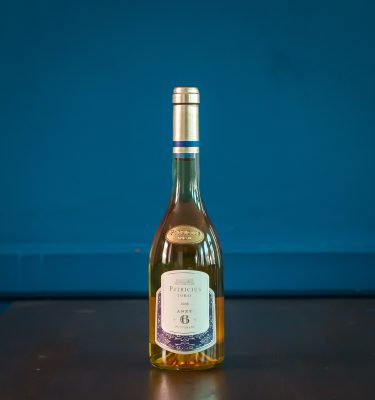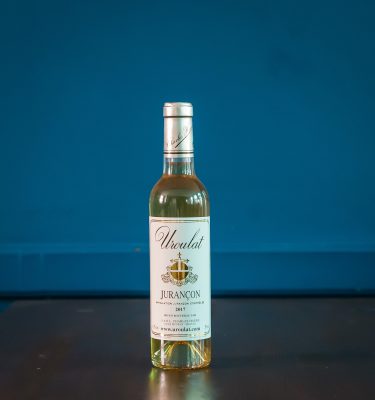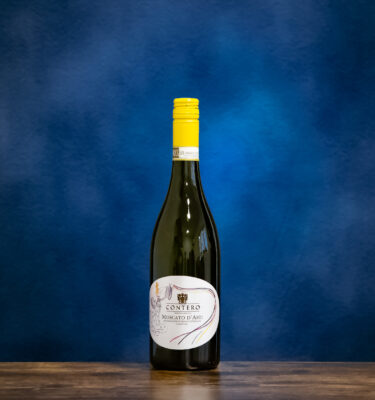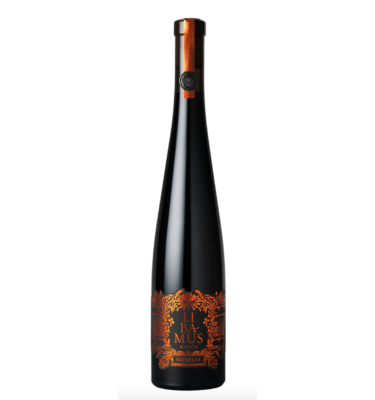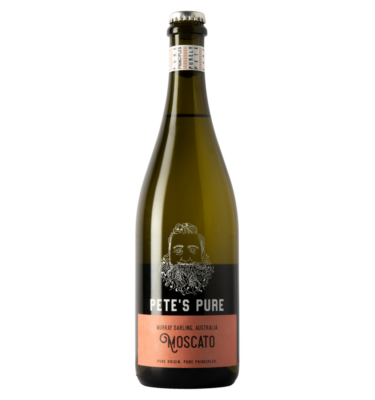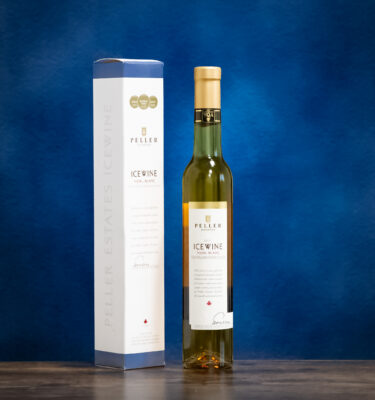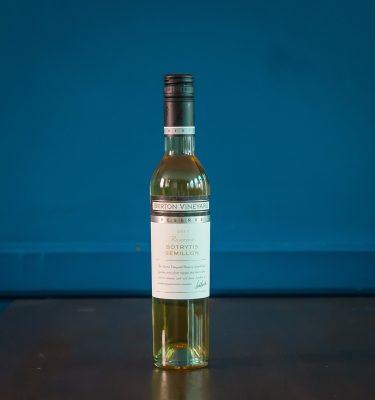Dessert wine
Showing all 14 results
- Sale!
- Sale!
Welcome to our sweet world of dessert wines! We’ve got an incredible range for you to explore, including both red dessert wine and white dessert wine varieties.
Dessert wines are the perfect thing to sit alongside a pudding, but often work really well with dishes like paté at the beginning of a meal. If you have a sweet tooth, we’re got you covered. Indulge in our highlights, such as the luscious Jurançon from France, the heavenly Ice wine from Canada, and the vibrant orange muscat from California. But that’s not all!
If you crave the classics, sip on the opulence of Sauternes or delight in the balance of Tokaji Aszu. Looking for something off the beaten path? Embark on a tasting adventure with our Portuguese dessert wines crafted from grapes like Arinto and Malvasia Fina. Their complexity and sweetness will whisk you away.
No matter your preference for complexity, sweetness, or budget, we’ve got the perfect match just for you! If you have questions or your wine is not on the website – just drop us a message and we will sort you out.
Dessert Wine Varietals
Dessert wines encompass a diverse range of varietals, each with distinct flavour profiles. Some popular dessert wine varietals include:
- Muscat: Muscat grapes yield aromatic and floral dessert wines, often showcasing fruity notes like peach, apricot, and orange blossom.
- Riesling: Known for its high acidity, Riesling dessert wines offer a harmonious balance of sweetness and acidity, with flavours of honey, apple, and tropical fruits.
- Port: This fortified wine from Portugal boasts rich and sweet flavours of dark berries, plum, chocolate, and spices, often enjoyed as an after-dinner indulgence.
- Sauternes: Hailing from Bordeaux, France, Sauternes wines are revered for their complexity, featuring honeyed nectar, apricot, peach, and citrus notes.
- Sherry: Sherry dessert wines offer a nutty and savoury character, with styles like Pedro Ximénez and Oloroso providing rich, sweet, and velvety sensations.
- Late Harvest: These wines are made from grapes left on the vine longer to concentrate their sugars, resulting in sweet flavours of ripe fruits and honey.
- Ice Wine: Produced from grapes that freeze on the vine, Ice Wines exhibit intense sweetness, with flavours of candied fruits and honey.
Dessert Wine Sweetness Levels
The level of sweetness in dessert wines can vary significantly, ranging from mildly sweet to intensely sweet. Good dessert wines (ones that we sell) are well-balanced and sweetness is counteracted by high acidity. Dessert wines are typically classified into several categories based on their sweetness levels:
- Dry: Some dessert wines, such as certain Rieslings or Sherries, can be classified as “dry” dessert wines. These wines have minimal residual sugar, resulting in a crisp and refreshing taste with little to no sweetness.
- Off-Dry: These dessert wines have a subtle sweetness, balancing the natural acidity of the wine. Off-dry wines, like some Rieslings and Chenin Blancs, provide a hint of sweetness without being overly sugary.
- Medium-Sweet: Falling in the middle of the sweetness spectrum, medium-sweet dessert wines offer a noticeable level of sweetness. Muscat and some Late Harvest wines are examples of medium-sweet dessert wines.
- Sweet: The majority of dessert wines fall into this category, boasting a pronounced level of sweetness that dominates the wine’s taste. Sauternes, Port, and many Ice Wines are well-known examples of sweet dessert wines.
- Very Sweet: At the highest end of the sweetness scale, very sweet dessert wines, such as some Pedro Ximénez Sherries and some Late Harvest wines, deliver an intensely sweet and luscious experience.
The sweetness level in dessert wines is determined by the amount of residual sugar left in the wine after fermentation. Winemakers achieve varying sweetness levels by halting fermentation early, leaving more sugar unconverted to alcohol, or by adding grape must or grape juice to increase the sugar content.

